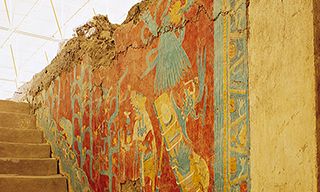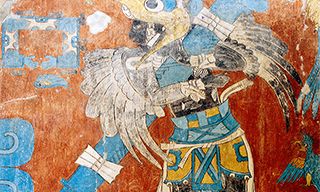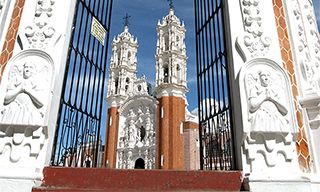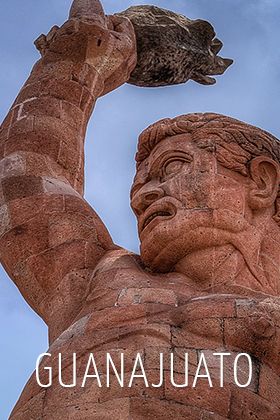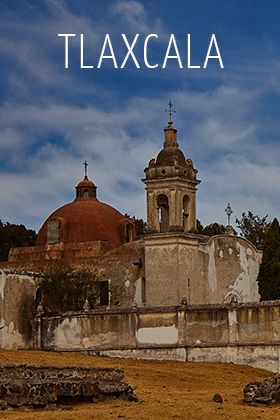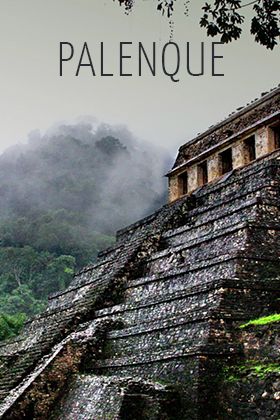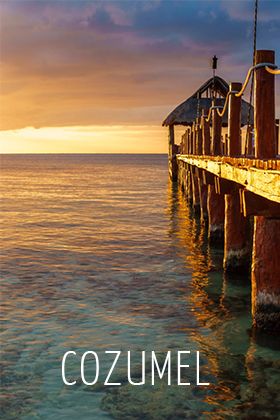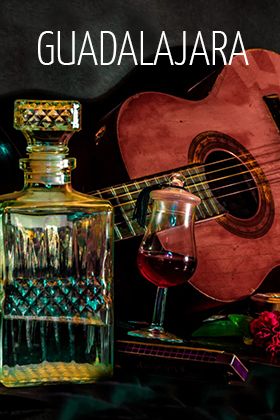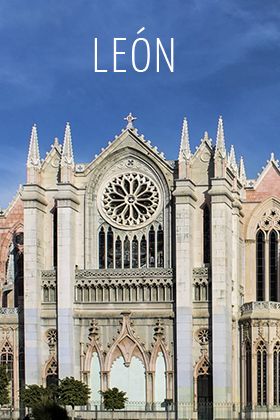Description
The name Tlaxcala comes from the Nahuatl word Tlaxcallan, meaning "place of corn tortillas" or "place of bread or corn." Tlaxcala of Xicohtencatl is the capital of the state of Tlaxcala, which coupled together with D.F. (Federal District, Mexico City), is the state with the smallest area.
The city of Tlaxcala covers 41.61 square kilometers, and it has temperate sub-humid climate with summer rains and the annual average temperature that ranges between 12 ° and l6 ° C (54-61 F). Founded in 1525 by Hernan Cortes, on April 22, 1535, the city received the title "Very Noble and Loyal City of Tlaxcala" by a royal decree from Charles V, Emperor of Spain.
Tlaxcala is historically known for being one of the Nahuatl nations that managed to maintain its independence from the Aztec Empire. With the famous "Flower Wars" , hostility began toward Tlaxcala traders, which manifested as an economic blockade lasting 60 years, banning them from trade with the peoples of the Gulf, Central America, and the Valley of Mexico.
This opposition helped to forge one of the most representative characteristics that can be found today in the people of Tlaxclala, tenacity, which served to lead them in their struggle for self-sufficiency.
Today, Tlaxcala is full of prehispanic and colonial vestiges which can be seen both in its historic center and surroundings areas.
The Cathedral and former Convento Franciscano de la Asuncion, or Franciscan Convent of the Assumption, built in 1537, was one of the first of four convents that was built in mainland America. The Basilica and Santuario de Nuestra Senora de Ocotlan, is a representative masterpiece of Mexican Baroque.
The Parroquia (Parish) de San Jose XVII -XVIII, represents a Palafoxiano facade, and also houses the Capilla del Santo Niño de Tlaxcala. The famous route "Tlaxcala y sus Señorios", meaning "Tlaxcala and its Lords", allows visitors to discover the many architectural gems, both civil and religious, of the municipality. This route‘s importance is due to the display of the rich colonial architecture, and because along it sits the estate of Tizatlan, a grand part of the ancient history of Tlaxcala.
Another tour that deserves mentioning is the "Route of Tlaxcala Pulque." Set among maguey and pulque haciendas, this route showcases the techniques of pulque manufacturing, and seeks to restore the popularity of this drink that was once regarded as the drink of the gods.
Found among the city's major museums are the following
The Museo Regional INAH Tlaxcala, housed in the former Franciscan convent which displays artifacts found at the various archaeological sites around the state, and a gallery of sacred art.
The " Museo Vivo de Artes y Tradiciones Populares," translated as the Living Museum of Popular Art and Traditions, is a space that provides information on the crafts and folk beliefs of the indigenous populations of the region through a permanent exhibition, and also presents a demonstration of the production of pulque.
The "Museo de Arte de Tlaxcala" is a space for the expression and exhibit of visual arts, which features among others things, workshops, performances, and lectures, and which has a permanent exhibit of six works by Frida Kahlo.
The "Museo de la Memoria" (Museum of the Memory), presents a wonderful collection that consists of the most notable codices and religious images from around the region. The main archeological sites in the region are: Cacaxtla, Xochitecatl, Ocotelulco, Tizatlan, Tecoaque, and Herradura.

